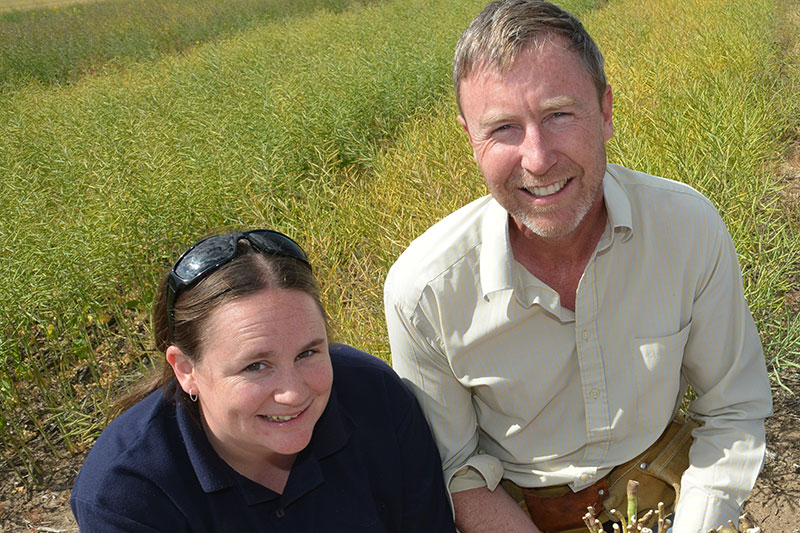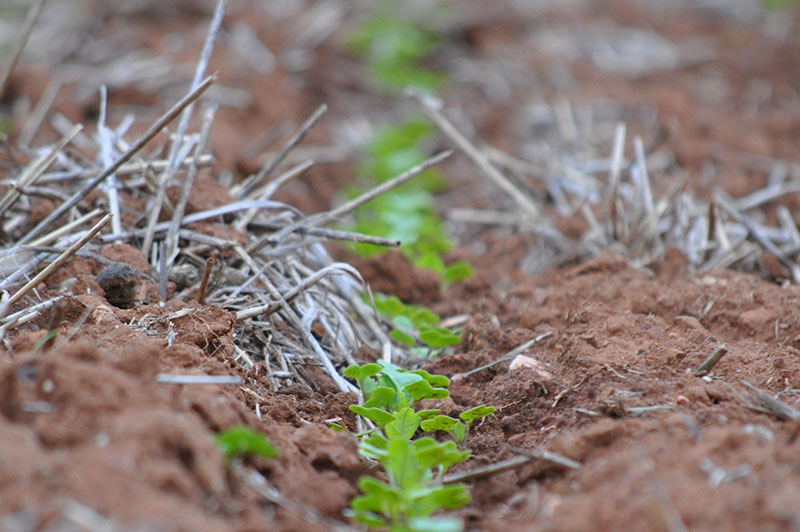Paddock Practices: Check retained canola seed before sowing
Paddock Practices: Check retained canola seed before sowing
Date: 04 Mar 2024
This Paddock Practice was first published on 22 February 2024, it was updated on 4 March 2024 following the release of seed testing and germination results provided to GRDC by Marcroft Grains Pathology and the University of Melbourne.
Key points
- Growers are encouraged to check the quality of their retained canola planting seed.
- A new report shows grey canola seed detected in seed lots from the 2023 harvest is likely caused by weather damage.
- Pods can become susceptible to fungal infection due to post-flowering rainfall events. Rainfall combined with physical pod damage (from hail and/or frost) will increase pod and seed susceptibility.
- Growers who detect discoloured seed should either not retain the seed for 2024 planting or ensure it is treated with an appropriate fungicide seed treatment before sowing.
- Alternatively, clean seed should be sourced from a local seed supplier.

Inspect retained canola seed for damage
Growers with retained canola seed for sowing this year are being strongly encouraged to check seed quality. Late season pod damage and rain events during 2023 may have resulted in fungal infections leading to the visual discoloration (whitening) of the seed coat.
The damage is not expected to spread through the seed stock during storage, but fungal infections may lead to reduced germination and early seedling vigour.
Affected grain is still safe for use as cattle feed and will be suitable for sowing when combined with an appropriate fungicide seed treatment.
Careful attention should always be paid to grain storage conditions. Low humidity and temperature are essential for maintaining grain quality during storage and will help prevent fungal development.
Regular aeration is required with temperature and moisture monitors to store grain under optimal conditions.

How to assess and manage damaged seed
To assess canola seed, separate a random sample of 100 grains then visually inspect each one for signs of discoloration (whitening). Separate and count the damaged grains to calculate the percentage of affected grain. For example, 20 damaged grains from a sample of 100 is a rate of 20 per cent.
Growers should consult with their receival centre or grain marketer about the acceptability of grain prior to delivery.
Growers who plan to sow retained canola seed this season should consult their agronomist or adviser about applying an appropriate fungicide seed treatment prior to sowing or, ideally, obtain clean seed instead.
GRDC has invested in glasshouse studies to quantify the effects of seed discolouration on seedling emergence and seedling susceptibility to blackleg infection. While a reduction in germination rates has been observed, application of a fungicide prior to sowing restores the germination losses and prevents seedling blight from occurring.

Further reading
Useful Contacts
Dr Steve Marcroft
Email: steve@grainspathology.com.au
Dr Angela Van de Wouw
Email: apvdw2@unimelb.edu.au
